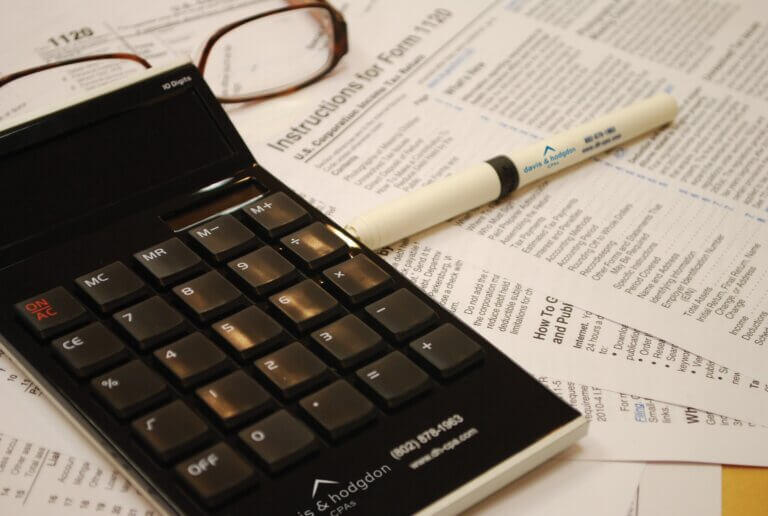REFINANCING DEDUCTIONS AND HOME SALE DEDUCTIONS
If you refinanced last year, you may be able to write-off any points you paid to buy down the mortgage rate. To do so, you deduct the points ratably over the life of the new loan, (unless part of the new loan is used for home improvements in which case the IRS allows a deduction for a portion of the points allocable to the home improvements). If the loan is paid off prior to maturity (e.g., the residence is sold and the loan paid off, or the loan is refinanced with a different lender), the remaining unamortized balance of the points can be deducted in that tax year. But if the mortgage is refinanced with the same lender, the unamortized “old” points and any new points must be deducted over the term of the new loan.
If you are selling your principal residence and make a profit, you can exclude up to $250,000 of gain ($500,000 for married couples) from your income if you meet certain requirements. The full tax break is only available once every two years. During the five-year period ending on the sale date, you must have owned the home and used it as your principal residence for at least two years. Additionally, even if you didn’t meet the requirements for the full gain deduction when you sold your prior residence because you didn’t meet the time requirement, you may be able to receive a prorated deduction.
A taxpayer who fails to meet the ownership and use requirements or the one-sale-in-two-years requirement is eligible for a partial gain exclusion if the principal residence was sold or exchanged by reason of:
- a change in place of employment;
- health; or
- unforeseen circumstances.


